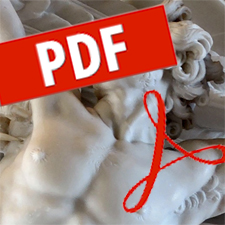Description
By Stuart MacDonald
In this, our third issue with Pluto Journals, we have two papers that express reservations about the value of mode 2 and the triple helix. Mode 2 built on an imaginary academe in which academics were independent entities whose love of knowledge made them and their learning valuable to society. Mode 1 never did exist, of course, but the theory helped support the new mode 2, devised by the likes of Michael Gibbons, Helga Nowotny and Peter Scott in the 1990s (e.g., Gibbons et al., 1994; Gibbons, 2000). Their concept described the strengthening relationship between the production of knowledge in universities and its use in the world beyond. If mode 1 depicted science speaking to society, mode 2 saw society answering back and providing a context for the knowledge production of scientists. It all seemed clear enough at the time, but questions had been begged. If university knowledge were expected to be useful mainly outside the university, then was using this knowledge within the university less useful, perhaps even useless? Could – should – mode 1 and mode 2 coexist? If so, would not the very acceptance of mode 2 drain resources from the intellectual dilletantes of mode 1 to academics able and willing to create real value in the real world?
page: 215 – 216
Prometheus: Critical Studies in Innovation
Volume 36, Issue 3
SKU: 360301
